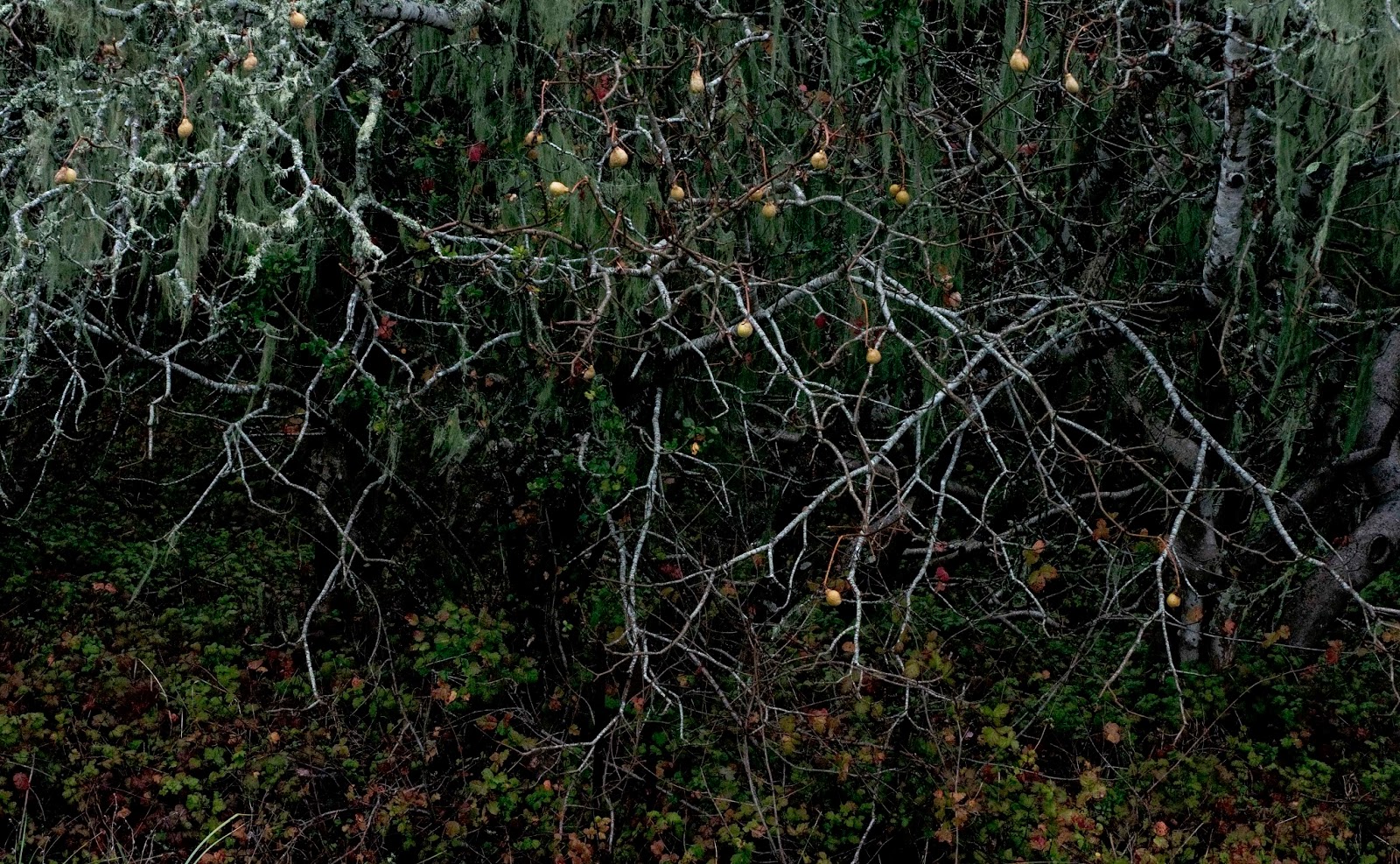What sparkles in
wine is powdered light.
:: "Sopra il detto del Galileo. Il
Vino è un composto di umore, e di luce." :: A remarkably rich
evocation of the sensuality of wine within the world of a late
17-century Florentine aristocratic intellectual, who was also one of
the great prose stylists of the Italian Baroque. Among its many
charms is the thought that what sparkles in wine is powdered light.
:: Including even the productions of
fin-de-siècle Paris, it would be difficult to imagine a more
bejewelled and aromatic prose that that of Magalotti; yet Count
Lorenzo Magalotti (1637-1712), in addition to being a counsellor of
state to the Grand-Duke of Tuscany, and so forth and so on, was a
well-respected scientist, and secretary of the most important Italian
scientific society of his day; his friends were such as Redi and
Viviani, and his idol was Galileo.
:: But Redi would chide Magalotti for
not realizing that his letter upon an aphorism of Galileo's, was
really upon an aphorism of Dante's. In the rarefied civilization of
such 17th-century Florentine aristocrats as were civilized, it was
taken for granted that any scientist knew Dante by heart, in minute
detail, and could give support to any scientific proposition by an
appropriate citation from an unpublished Provençal poet, preferably
from a manuscript in one's own library.
:: Thus we are not in the presence here
of a scientist for whom the pencil-protector is the coat of arms,
"reproducible results" (predictable manipulation) the only
object of science, and the repression of all that is not, a defense
of truth. That doesn't mean we're in the presence of a better
scientist; but certainly one whose idea of science was different than
ours, and certainly one to whom it would have been unimaginable to
take pride in the narrowness of his field of knowledge.
:: For Magalotti, clearly, one of
life's most desirable purposes was to refine the pleasures of living
it, and science was simply one such pleasure, as was wine. To the
point that when he came to combine these two pleasures in the
following essay, it isn't entirely clear whether he meant more to be
taken in earnest than to give pleasure to his friends.
:: If his object was to give pleasure,
he succeeded, without question. It would be hard to think of another
short essay that more sensuously evokes an atmosphere of late
17th-century Florentine aristocratic intelligence: passionate, yet
ironic; refined, so with melancholy; aristocratic, but not proud. A
Symbolist poet couldn't have invented a better Magalotti.
:: But if his object was to provide a
scientific explanation of the influences of solar radiation upon
grapes and upon the wine produced from them, then, I'm afraid, he
succeeded in giving pleasure instead.
:: He asks what Galileo meant by saying
that wine is a compound of light and humor.
:: For anyone in the wine trade, this
is already pretty humorous; but we know he didn't really mean that.
So we should ask what the word actually does mean here.
:: It means "moisture", as in
"humid": umore.
:: It also means "temperament,
disposition of mind, caprice", and in Magalotti's era was still
used in this sense, which was the sense given to it in Roman
medecine, particularly by Galen. And it would be one of the many
pleasures of etymology to trace the path by which "humorous"
("all wet") came to mean amusing or funny, but this is
beyond both my competence and my present object. I think it's
sufficient to say that Magalotti (and Galileo before him, and Dante
before Galileo) meant "humor" in this particular context to
mean the "characteristic moisture" of a particular vineyard
- a concept rather like terroir, except more intelligent - which,
when acted upon by sunlight, produces wine.
:: So far so good, and so much for
umore. As to light, Magalotti's theory is this:
:: Light rays fall upon all fruits, yet
grapes are exceptional. Why? Because they absorb more of the light
that falls on them, just as black absorbs more light than white. How
do grapes do this? By their pores, which are cunningly designed to
trap light rays, just as certain bird or fish nets let birds or fish
in, but not out. So, light rays, once trapped in the grape, cannot
escape, and in their attempts, ultimately shatter to powder.
:: But they shatter over time; thus,
the rays which fall on the vineyard in late summer, being still
intact & having lost none of their energy, boil forth when
released from their prison by the crushing of the grapes at harvest,
"whence the must conceives its heat, whence the boiling, the
rarefaction, and the steaming." Whereas those rays which entered
the grape early in the year, being shattered into powder, remain in
the wine, emerging only when the wine is tasted, "making
themselves felt upon the tongue, and palate, by the charming prickle
of their many corners and twists".
:: Well, the same may be said of the
letter itself, which also is charming in the prickle of its many
corners and twists, but particularly in proposing that fermentation
is simply sunlight escaping from the must, and that what sparkles in
wine is powdered light. Whether Magalotti intended it to be, in
addition, a monument in the history of plant physiology, is unkown to
me, may at this point be unknowable, and may even be superfluous.
:: We know that it gave great pleasure
to his friends, since Redi refers to it as "quella vostra
lettera dotta e maravigliosa, dottissima ed elegantissima", and
I think it gives great pleasure to us now: which is why I've
transcribed it here, in its entirety.















M.SC1.V3.C4.V2.M1.jpg)




P.crop3.VH1.jpg)
12.1.GRY1.CR3.VH1.jpg)





